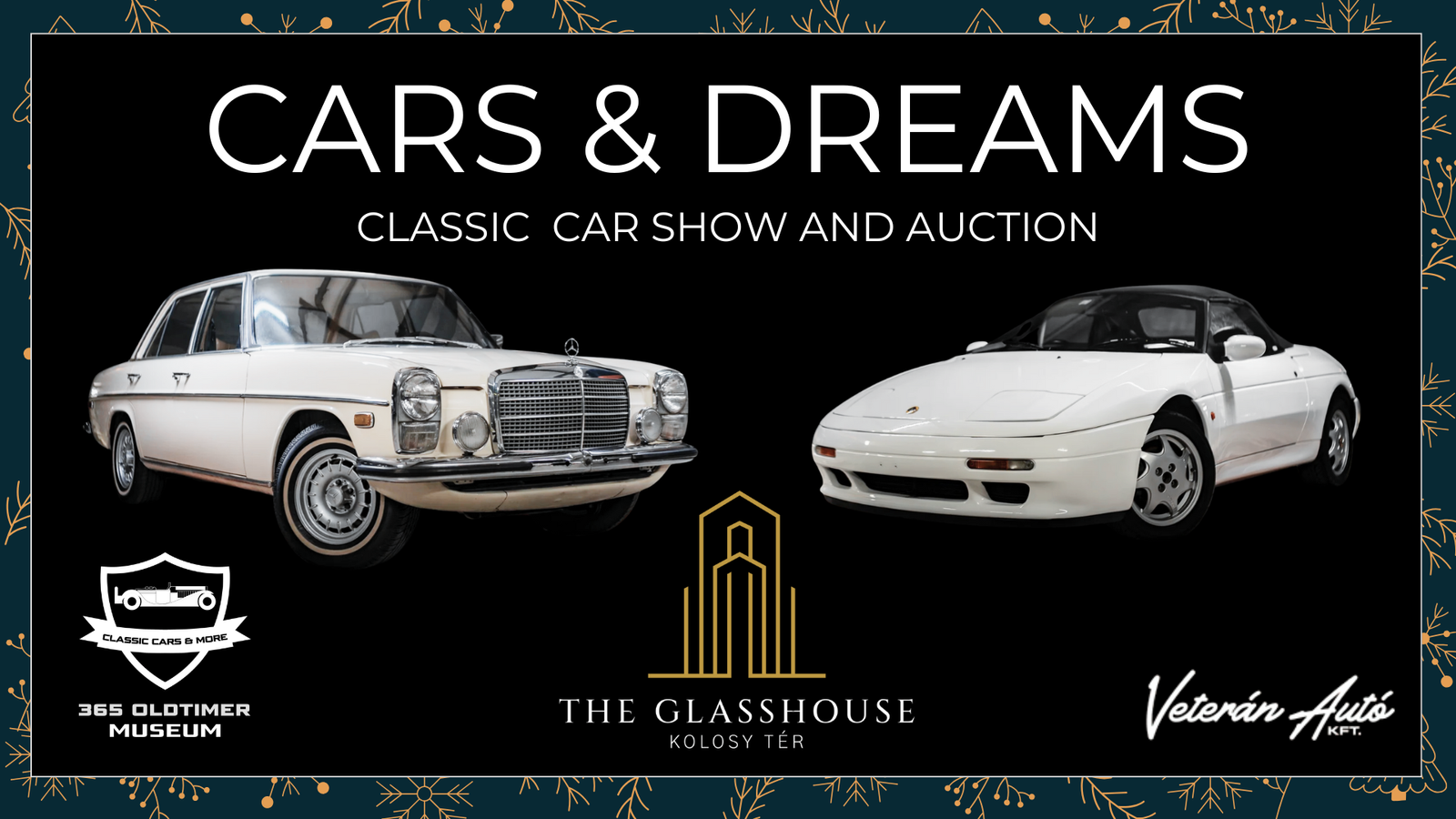365 DAILY NEWSLETTER
YAMAHA XVS 1100 A
Few people know but Yamaha was originally a piano factory. It was their experience in acoustic piano manufacturing that made them at home in the field of metal alloys. So in 1955 they set up their engine manufacturing division. So successful was their establishment that they became the second largest motorcycle manufacturer on the globe after Honda.
Not only motorcycles, but also other vehicles, including ATVs (ATVs), all-terrain vehicles, boat engines, jet skis, snowmobiles and boats, as well as power generators. Yamaha’s logo consists of three tuning forks superimposed to form a triangle within a circle.
Yamaha has a long history of competition. In various championships and categories, many teams have represented Yamaha or are representing Yamaha, partly of course in motorcycle racing. Many great results have been achieved on Yamaha motorcycles, including Bob Hannah, Heikki Mikkola, Kenny Roberts, Eddie Lawson, Wayne Rainey, Jeremy McGrath, Stefan Merriman, Chad Reed, and of course today’s superstar Valentino Rossi, or Ben Spies, who made his debut year in MOTO GP and won the 2009 World Championship in the WSBK series on Yamaha.
Yamaha were the first to build a monoshock (central strut) motocross race bike in 1975. This rear suspension damping arrangement led to the modern motocross bike. Since 1962 Yamaha has allowed the purchase of its grand prix race bikes for street use. A non-factory-supported British team of such bikes, with Rodney Gould in the saddle, won the World Championship title in the 250cc class in 1970 on a Yamaha TD2.
The piece in our exhibition became known as the Dragstar , but I wouldn’t recommend anyone to search for it on the internet.
The DragStar was launched as the XVS650 in Europe in 1997 (available in Japan in 1996 since 400), and was expanded in 1999 with the Custom XVS1100. The 1100 used a reworked version of the venerable Virago 75-degree, air-cooled V-twin engine that had been in use since the early 1980s. The Star version offered improved torque for the new mid-size cruiser bike. The Star adopted the axle drive layout from the Virago, but relied on a new suspension and frame, taking away the Virago’s external double shocks and stretched-member engine layout in favour of single shocks and twin downtubes. Dual Mikuni 37mm carburetors with throttle position sensors efficiently meter fuel to the 8.3:1 ratio, angular engine.
The V-Star 1100 Classic came with large mudguards, which also included the driver’s floorboards as a standard feature with rocker pins. In the custom models, these elements were replaced by a peg configuration and peg up/down shifter. Custom replaced the usual large front tire with a one-pint thinner tire in the 90 or 110 series class to resemble Harley-Davidson. It succeeded ,absolutely conveys the American feeling of boundless freedom.
Subscribe to our newsletter
Provide your e-mail address and click the button below to receive special deals and premium offers



